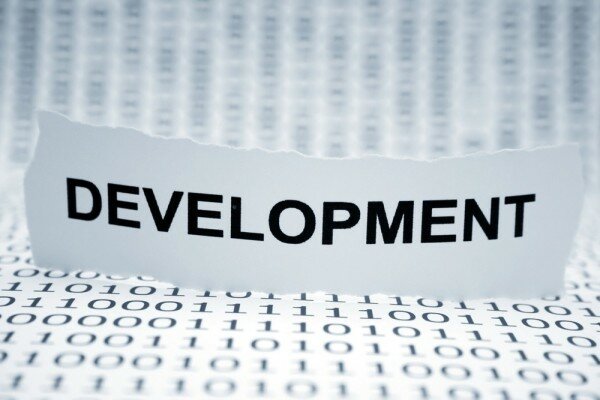
Players already operating in the broadband and mobile broadband space in South Africa will be required to meet universal obligations if they take on new spectrum.
In a presentation at LTE Africa in Cape Town, Independent Communications Authority of South Africa (ICASA) councillor William Stucke gave an overview of the requirements for future applications for new spectrum, including those which will be released by the digital migration.
Stucke said: “We [ICASA and the government] need to decide what our goals are. Almost everyone has 2G access (more than 90 per cent), but 3G or faster is much more limited.
“This is because providing that access is a lot less economically viable, because of low population density, for the operators.”
He said ICASA is looking at designing the methodology for the rollout of new services to happen in the areas which have the lowest income and network coverage first.
Regarding competition in the mobile and broadband sector, Stucke said rather it being a question of having four or five operators, maybe it looked like having clearer pricing information for consumers compared to the way they are currently being “bamboozled”.
Stucke reiterated his belief that the South African market was “ripe for disruption” because the country had fallen behind other African countries which it had been leading 13 years ago.
The councillor outlined the high demand spectrum frequencies, which are 700MHz and 800MHz, to be made available by the digital dividend, plus 2.1GHz, 2.3GHz, 2.6GHz and 3.5GHz.


















